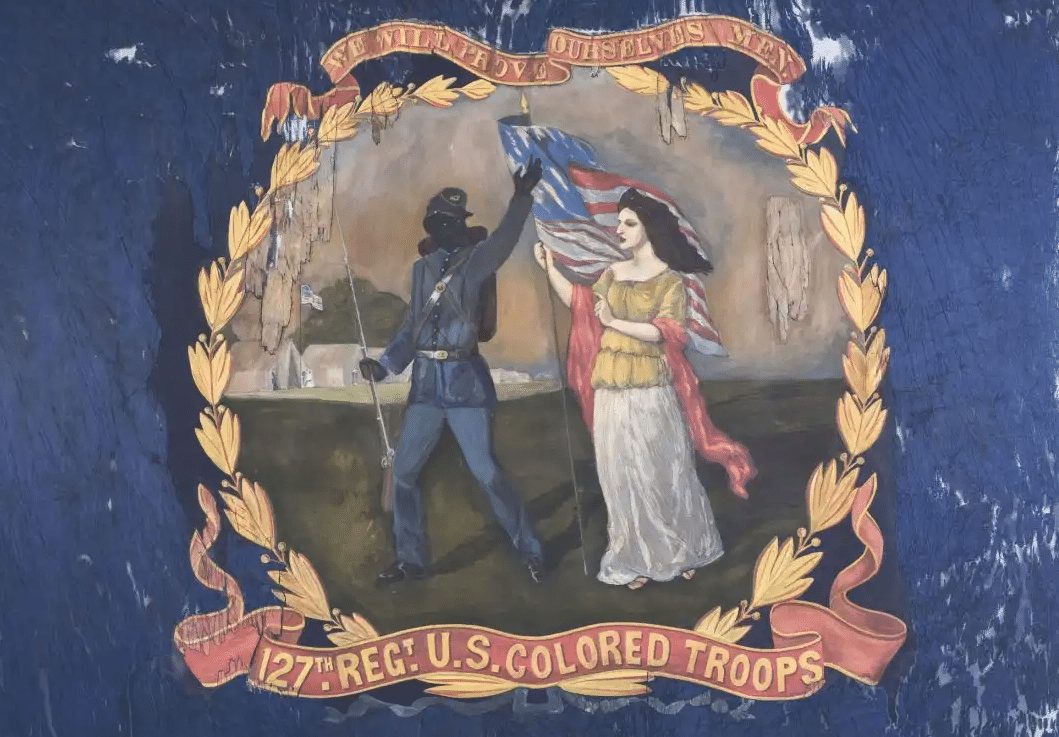Happy 200th birthday, Walt Whitman! To celebrate the poet’s bicentennial, the Library of Congress has a special exhibition of some of his belongings and notebooks. If you’re in Washington DC this summer, stop in for a visit.
On June 3, the notebook will join a pair of partly frosted eyeglasses and a walking cane given to the poet by naturalist John Burroughs, among other rare artifacts, in a display hosted by the LOC’s Jefferson Building. The event is tied to a larger Whitman bicentennial display that opened earlier this month and runs through August 15.
Topics addressed in the display include Whitman’s likely romantic relationship with streetcar conductor Peter Doyle, his traumatizing Civil War battlefield experiences, and his firsthand involvement in the design and publication of Leaves of Grass. Continually revised between 1855 and Whitman’s death in 1892, Leaves of Grass started out as a set of 12 untitled poems. But by the text’s second edition, the number of featured poems had multiplied to 33; ultimately, its final form constituted 383 poems spread out across 14 sections.
Also on the agenda are a history talk hosted in Culpeper, Virginia—where Whitman spent two months while serving as a volunteer in nearby field hospitals during the Civil War—and a June 3 open house featuring artifact selections and a documentary showing. A complete list of events can be found on the LOC press release.
Read more: https://www.smithsonianmag.com/smart-news/how-library-congress-marking-walt-whitmans-200th-birthday-180972242/#xstysi3O1DiscuGs.99
Give the gift of Smithsonian magazine for only $12! http://bit.ly/1cGUiGv
Follow us: @SmithsonianMag on Twitter
Source: Rare Walt Whitman Artifacts Go on View at Library of Congress for Poet’s 200th Birthday | Smart News | Smithsonian

